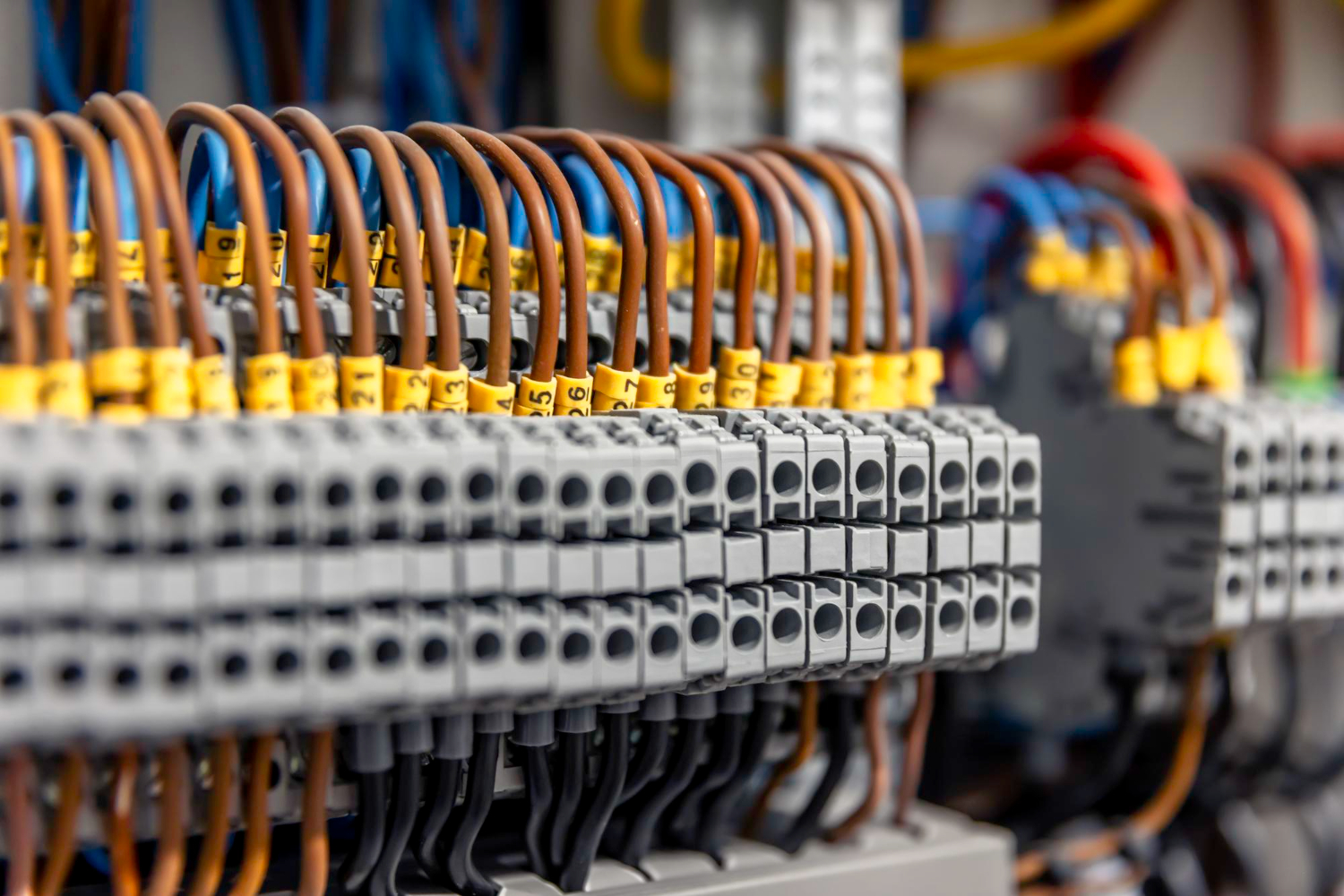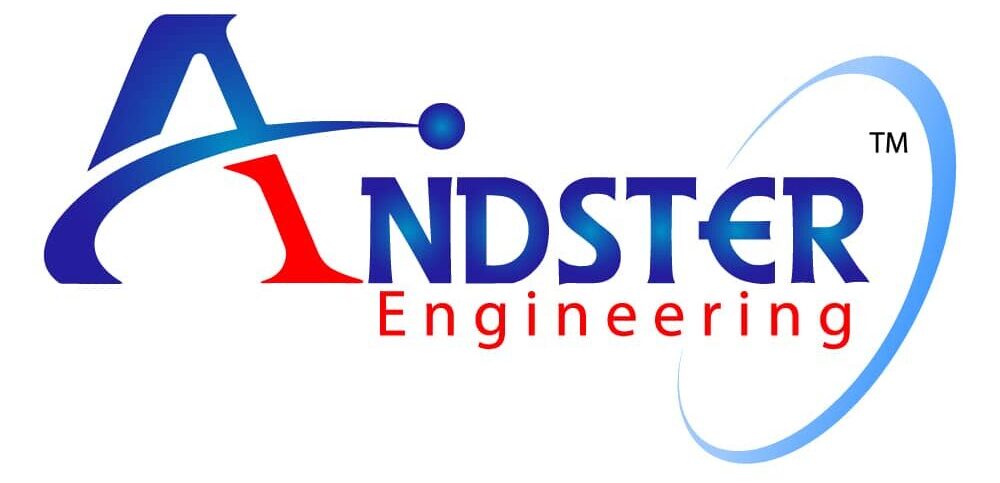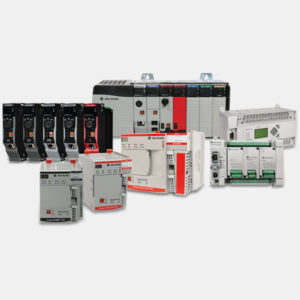Tips to know before choosing your PLC
A Programmable Logic Controller (PLC) is an industrial digital computer designed for the control and automation of manufacturing processes or robotic devices. PLCs are used in various industries to automate complex industrial processes, including assembly lines, machinery operation, and factory automation. Here are some key characteristics and functions of PLCs:


When selecting a Programmable Logic Controller (PLC) for your automation project, it’s essential to consider various factors to ensure it meets your specific needs. Here are ten key considerations:
Application Requirements: Define the specific needs of your application, such as the type of processes to be controlled, the complexity of the operations, and the number of I/O points needed.
Scalability: Consider whether the PLC can be easily expanded or upgraded as your system grows or your requirements change.
Processing Speed and Power: Evaluate the processing speed, memory, and power of the PLC to ensure it can handle the tasks efficiently, especially for complex or high-speed applications.
I/O Capabilities: Check the types and number of input/output modules available and ensure they meet the specific needs of your application, including digital, analog, and specialized I/O.
Communication Protocols: Ensure the PLC supports the necessary communication protocols (e.g., Ethernet/IP, Modbus, Profibus, CAN) for integration with other devices and systems in your network.
Environmental Conditions: Assess the environmental conditions where the PLC will be installed, including temperature, humidity, vibration, and exposure to corrosive elements, to select a PLC that can withstand those conditions.
Programming Environment: Look at the programming software and languages supported by the PLC (e.g., ladder logic, structured text, function block diagram) and ensure they align with your team’s expertise and the complexity of your project.
Reliability and Support: Consider the reliability and reputation of the PLC manufacturer, including the availability of technical support, warranty, and ease of obtaining replacement parts or modules.
Cost: Evaluate the total cost of ownership, including the initial purchase price, installation, maintenance, and potential future upgrades or expansions.
Safety and Compliance: Ensure the PLC meets all necessary safety standards and certifications for your industry and application, and includes safety features like redundant systems or failsafe modes if required.
By carefully considering these factors, you can select a PLC that will provide reliable, efficient, and scalable control for your automation needs. For more enquiries on how to purchase your PLCs click here




